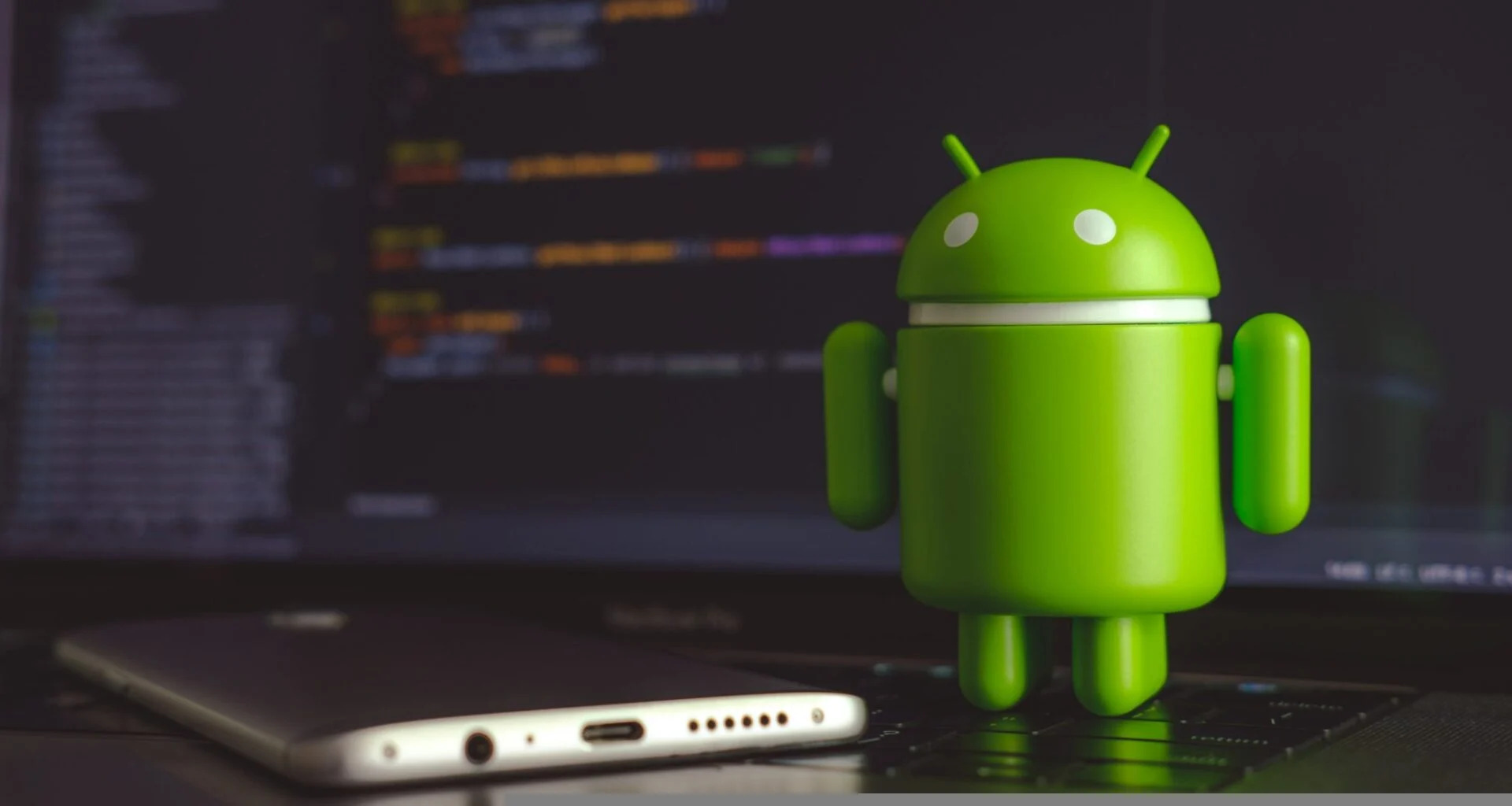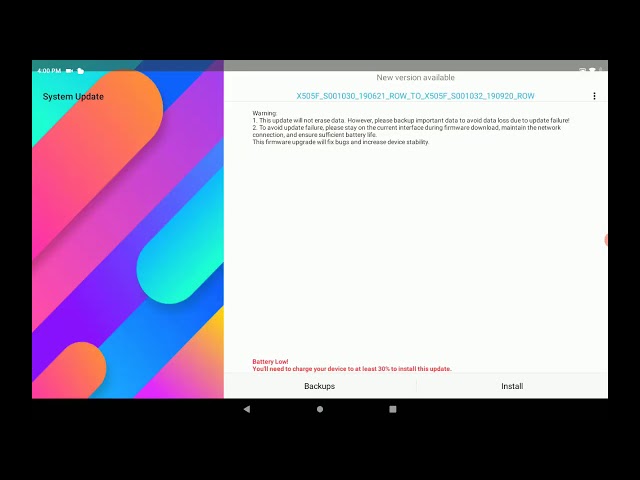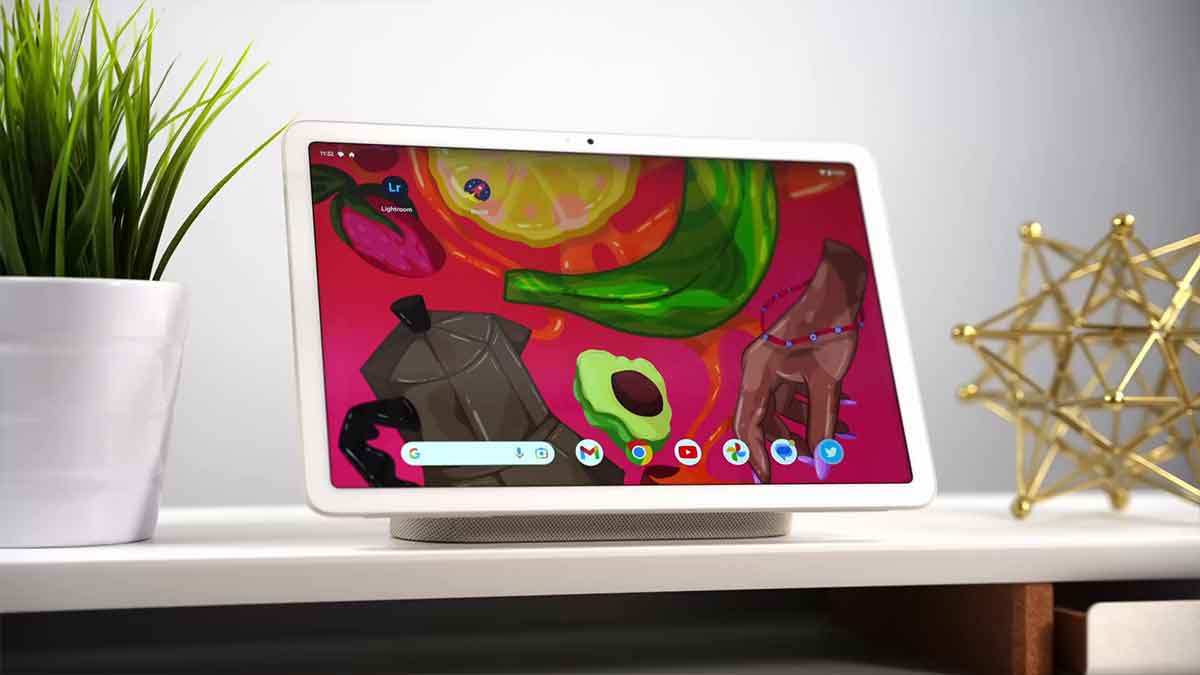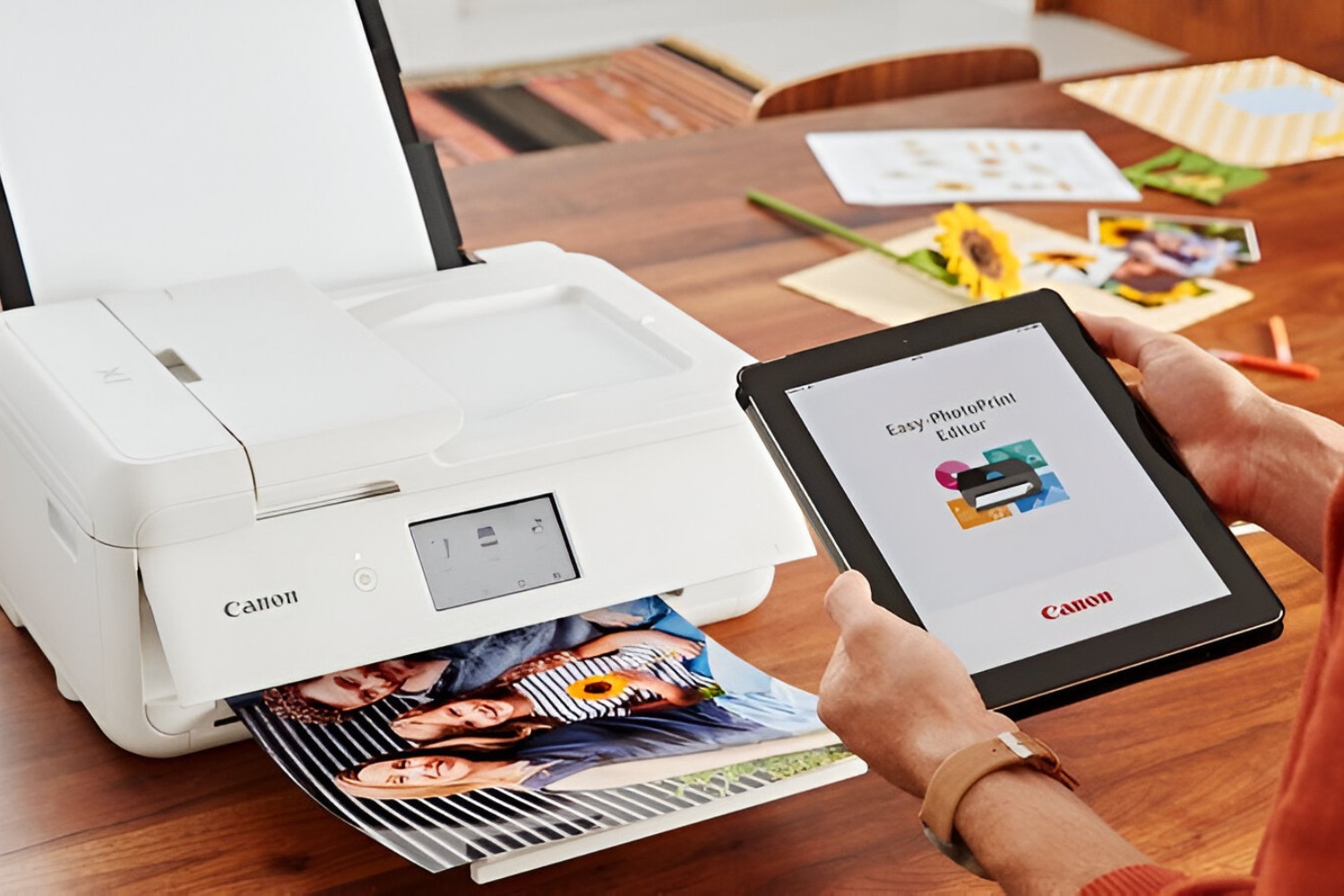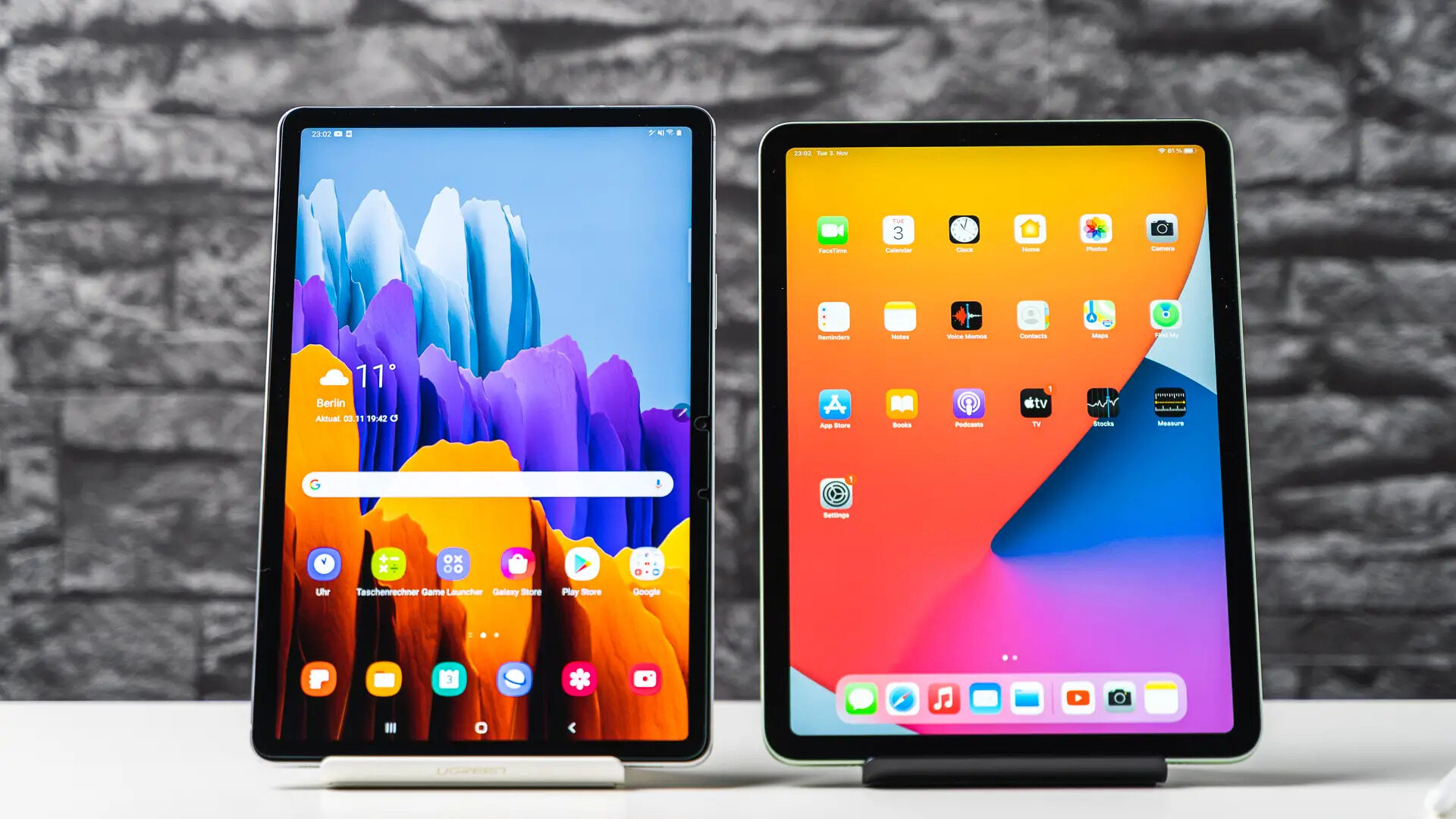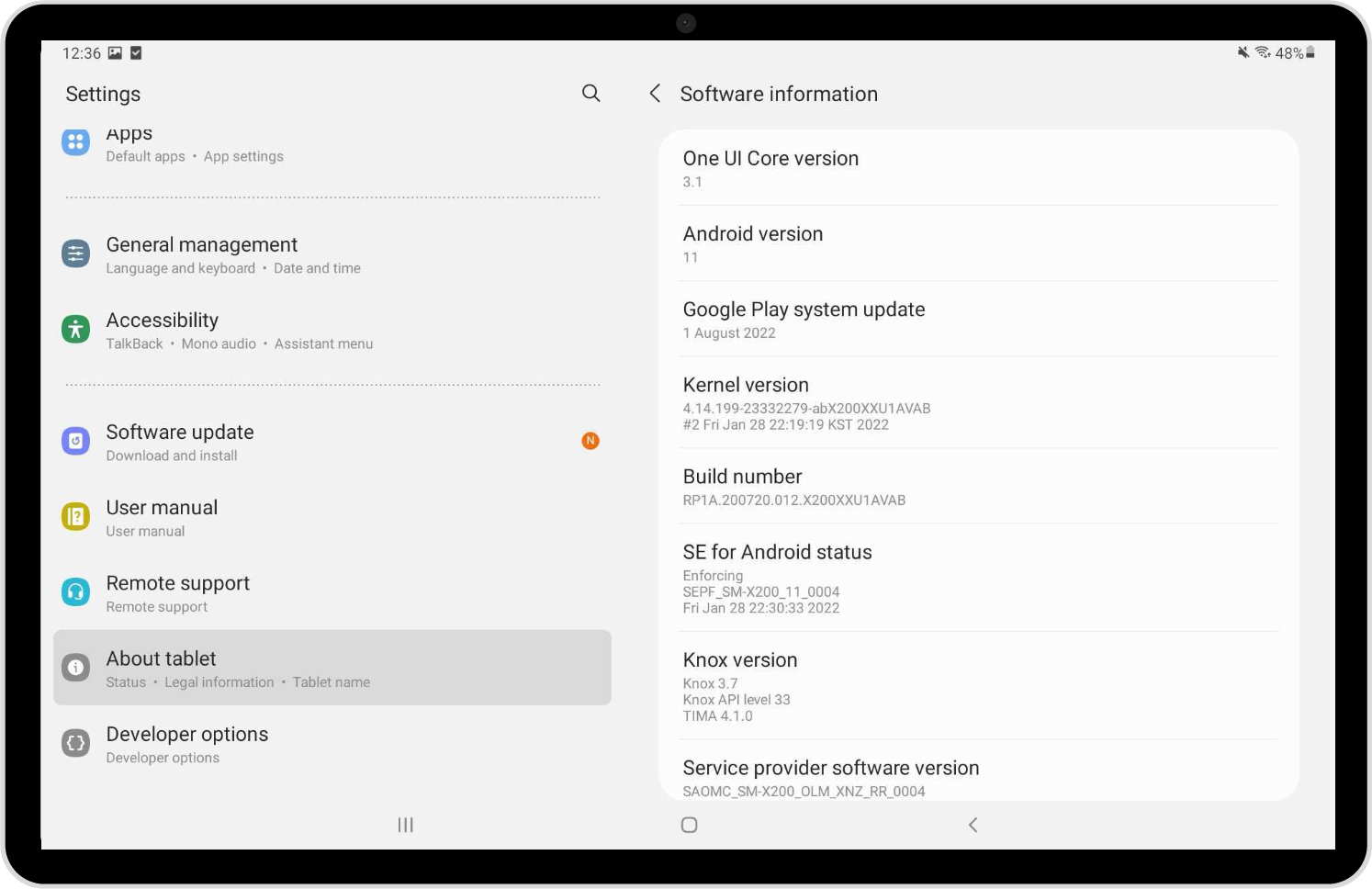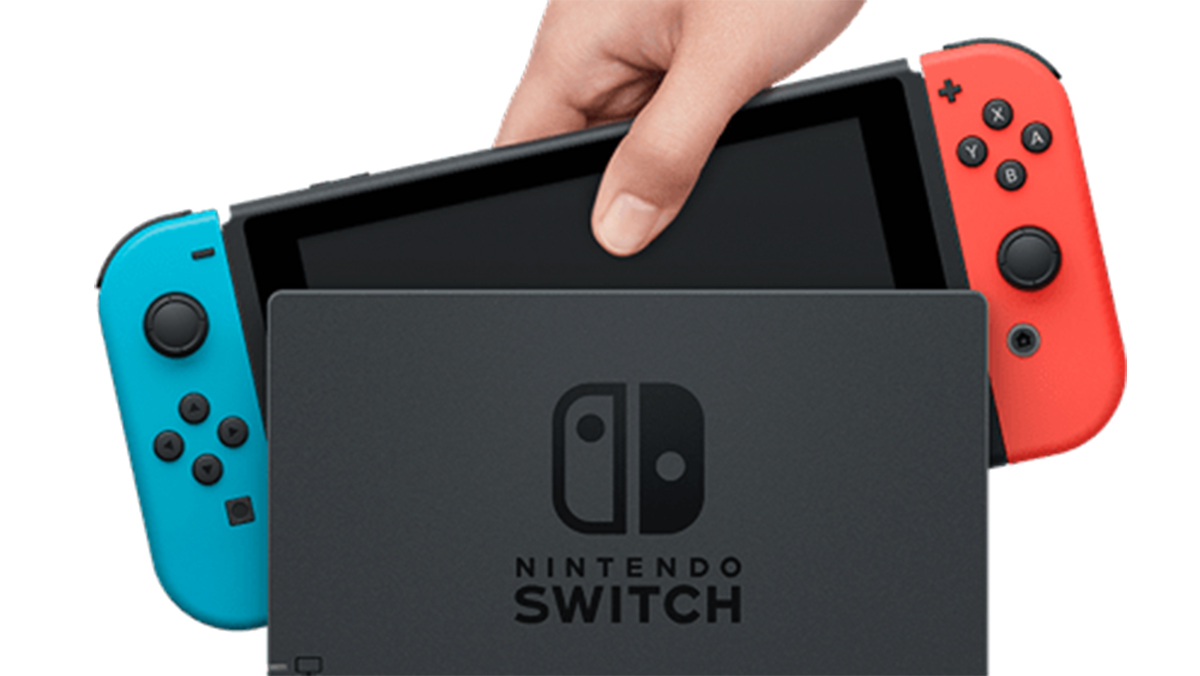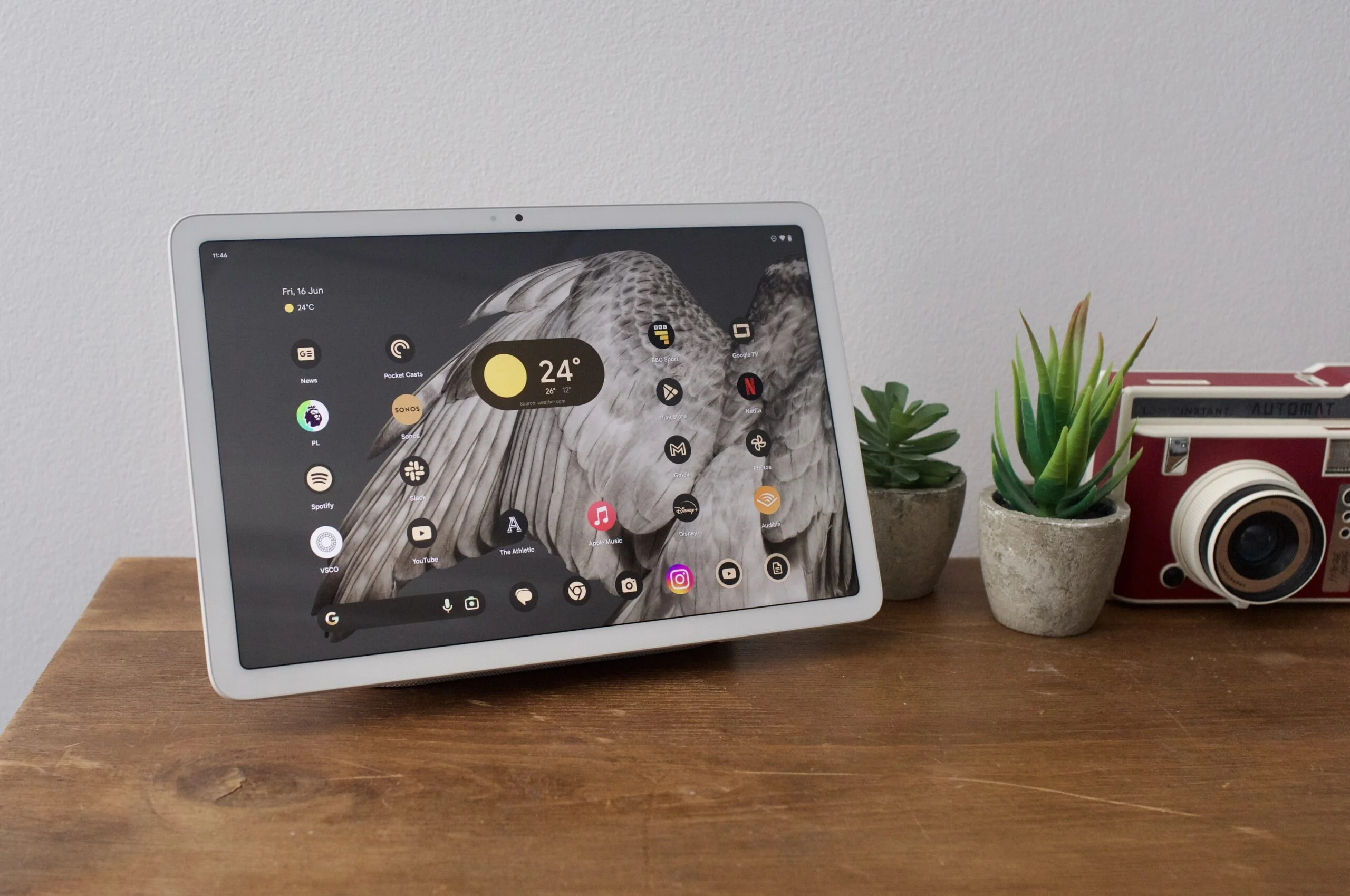Introduction
Welcome to this guide on how to update your Android OS on your tablet. Android is known for its frequent OS updates, which not only introduce new features and improvements but also enhance the security of your device. By keeping your tablet’s OS up to date, you ensure that it runs smoothly and efficiently, and you can take advantage of the latest functionalities offered by Android. Whether you have a brand new tablet or one that you’ve had for a while, it’s important to regularly check for and install OS updates to ensure the best possible user experience.
In this guide, we will walk you through the process of updating your tablet’s Android OS. We’ll cover how to check for updates, how to update your OS using Wi-Fi, and how to update your OS using a computer. We’ll also provide troubleshooting tips for common issues that may arise during the update process. So, let’s get started and ensure that your tablet is running on the latest and greatest Android OS version!
Why should you update your Android OS?
Keeping your tablet’s Android OS up to date is crucial for several reasons. Let’s take a look at why you should regularly update your Android OS:
- Improved Performance: One of the primary reasons to update your Android OS is to experience improved performance. Each OS update brings optimizations and bug fixes that can enhance the overall speed and responsiveness of your tablet. This means smoother app launches, faster multitasking, and a more seamless user experience.
- New Features and Functionalities: Android OS updates often introduce new features and functionalities that can enhance how you use your tablet. From improved multitasking capabilities to new customization options, updating your Android OS allows you to stay up to date with the latest software innovations and enjoy a wider range of options.
- Enhanced Security: A significant reason to update your Android OS is to ensure the security of your tablet. OS updates often include important security patches that protect your device from the latest threats and vulnerabilities. By installing these updates, you can safeguard your personal information, keep your device secure, and enjoy a worry-free browsing and app experience.
- Bug Fixes and Stability: Updates are not only about new features; they also address known issues and bugs present in previous versions of the OS. By updating your Android OS, you can benefit from bug fixes and stability improvements, ensuring that your tablet operates smoothly and efficiently.
These are just a few reasons why it’s essential to update your Android OS regularly. Now that we understand the importance of updating, let’s move on to how you can check for updates on your tablet.
How to check for updates
Before updating your Android OS, it’s important to check if there are any available updates for your tablet. Here’s a step-by-step guide on how to do it:
- Go to the “Settings” app on your tablet. You can usually find it in the app drawer or by swiping down from the top of the screen and tapping the gear icon.
- Scroll down and look for the “System” or “About Phone” option. Tap on it.
- Look for the “Software Update” or “System Updates” option. The exact wording may vary depending on your tablet’s manufacturer and Android version.
- Tap on “Software Update” or “Check for Updates” to initiate the update check.
- Your tablet will now check for any available updates. If an update is found, follow the on-screen instructions to download and install it.
It’s important to note that the steps may vary slightly depending on the make and model of your tablet and the version of Android it is running. However, most tablets have a similar process for checking for updates in the “Settings” menu.
If an update is available, make sure your tablet is connected to a stable Wi-Fi network and has sufficient battery power. Updates can be large in size, and downloading them over mobile data or with a low battery can cause issues. It’s also a good idea to back up your important data before proceeding with the update, just in case anything goes wrong during the installation process.
Now that you know how to check for updates, let’s move on to the different methods of updating your Android OS.
Updating the Android OS using Wi-Fi
Updating the Android OS using Wi-Fi is the most convenient and commonly used method. Here’s how you can do it:
- Make sure your tablet is connected to a stable Wi-Fi network. It’s important to have a reliable and fast internet connection to download the update files.
- Open the “Settings” app on your tablet.
- Scroll down and tap on “System” or “About Phone”. The exact name may vary depending on your tablet model and Android version.
- Look for the “Software Update” or “System Updates” option and tap on it.
- Your tablet will check for available updates. If an update is found, a notification will appear indicating that a new version of the Android OS is available for download.
- Tap on the notification or the “Download” button to start the download process. The update file can be quite large, so ensure that you have enough free storage space on your tablet.
- Once the download is complete, you will be prompted to install the update. Tap on “Install” to proceed.
- Follow the on-screen instructions to complete the installation process. Your tablet will restart, and the new version of the Android OS will be installed.
During the update process, it’s important to keep your tablet connected to a power source and avoid interrupting the installation. Interrupting the update can cause issues and potentially render your tablet unusable. So, ensure that you have enough battery charge or keep it connected to a power outlet throughout the process.
Once the installation is complete, your tablet will boot up with the updated Android OS. You can now enjoy the latest features, performance improvements, and enhanced security that the update brings. It’s a good practice to periodically check for further updates to keep your tablet up to date with the latest advancements from Android.
Next, let’s explore an alternative method of updating the Android OS using a computer.
Updating the Android OS using a computer
If you prefer to update your Android OS using a computer, there is a method available that allows you to do so. Here’s how you can update your tablet’s Android OS using a computer:
- Start by ensuring that your computer has a stable internet connection.
- Using a USB cable, connect your tablet to the computer.
- On your tablet, open the “Settings” app and navigate to “System” or “About Phone”. The exact location may vary depending on your tablet model and Android version.
- Search for the option called “Software Update” or “System Updates” and tap on it.
- Look for the “Check for Updates” or “Download” button and click on it.
- Your tablet will prompt you to choose the installation method. Select the option that says “Use USB cable” or something similar.
- Follow the on-screen instructions to initiate the update process.
- On your computer, open a web browser and visit the official website of the tablet manufacturer or the Android website.
- Look for the section dedicated to software updates or downloads.
- Find the appropriate Android OS update file for your tablet and download it to your computer.
- Once the update file is downloaded, follow the specific instructions provided by the tablet manufacturer or Android website to install the update onto your tablet.
- During the installation process, ensure that your tablet remains connected to the computer and avoid interrupting the update.
Once the installation is complete, disconnect the tablet from the computer and restart it. Your tablet will now run on the updated Android OS, offering you the latest features, bug fixes, and security enhancements. Remember to periodically check for further updates using either the Wi-Fi or computer method to ensure your tablet stays up to date.
Now that you know how to update your Android OS using a computer, let’s move on to troubleshooting common issues that may occur during the update process.
Troubleshooting common issues during the update process
While updating your Android OS, you may encounter some common issues. Here are a few troubleshooting tips to help you overcome them:
- Insufficient Storage: If you receive an error message stating insufficient storage during the update process, it means that your tablet does not have enough free space to download and install the update. To resolve this, you can free up space by deleting unnecessary files, uninstalling unused apps, or moving files to an external storage device.
- Slow or Interrupted Download: If the update download is taking too long or getting interrupted, ensure that you have a stable internet connection. If the issue persists, try restarting your tablet and initiating the download again. You can also try downloading the update using a different Wi-Fi network if available.
- Battery Drain: Updating the Android OS can be a battery-intensive process. To avoid battery drain or potential issues during the update, make sure your tablet is adequately charged or connected to a power source. It’s best to keep your tablet plugged in during the update process.
- Installation Errors: If you encounter any installation errors during the update, try rebooting your tablet and initiating the installation process again. If the issue persists, you can try selecting the “Factory Reset” option in the “Settings” menu, but note that this will erase all your data, so make sure to back up your important information beforehand.
- Stuck or Frozen Update: In some cases, the update process may get stuck or frozen. If this happens, try restarting your tablet by holding down the power button for a few seconds until it powers off. Then, power it back on and attempt the update again. If the issue persists, you may need to contact the tablet manufacturer’s support for further assistance.
If you encounter any other issues during the update process that are not mentioned here, it’s recommended to refer to the tablet manufacturer’s support documentation or contact their customer support for specific troubleshooting steps.
By troubleshooting these common issues, you can ensure a smooth and successful update process for your Android OS. Now that you are aware of these troubleshooting tips, let’s conclude this guide.
Conclusion
Updating your Android OS is essential to ensure optimal performance, access to new features, enhanced security, and bug fixes. In this guide, we’ve covered the importance of keeping your tablet’s OS up to date and provided step-by-step instructions on how to check for updates, update using Wi-Fi, and update using a computer. We’ve also offered troubleshooting tips for common issues that may arise during the update process.
Remember to regularly check for updates to stay up to date with the latest advancements from Android. Upgrading your Android OS not only improves your tablet’s performance but also enhances your overall user experience by offering new functionalities and improved security. Keeping your tablet’s OS updated ensures that you can take full advantage of the features and capabilities that your device has to offer.
If you encounter any difficulties or have specific questions related to updating your Android OS, it’s always a good idea to refer to the support documentation provided by your tablet manufacturer or reach out to their customer support for further assistance.
We hope this guide has been helpful in simplifying the process of updating your Android OS on your tablet. Now you can enjoy the latest features and enhancements and ensure that your tablet is running on the most up-to-date software. Happy updating!







